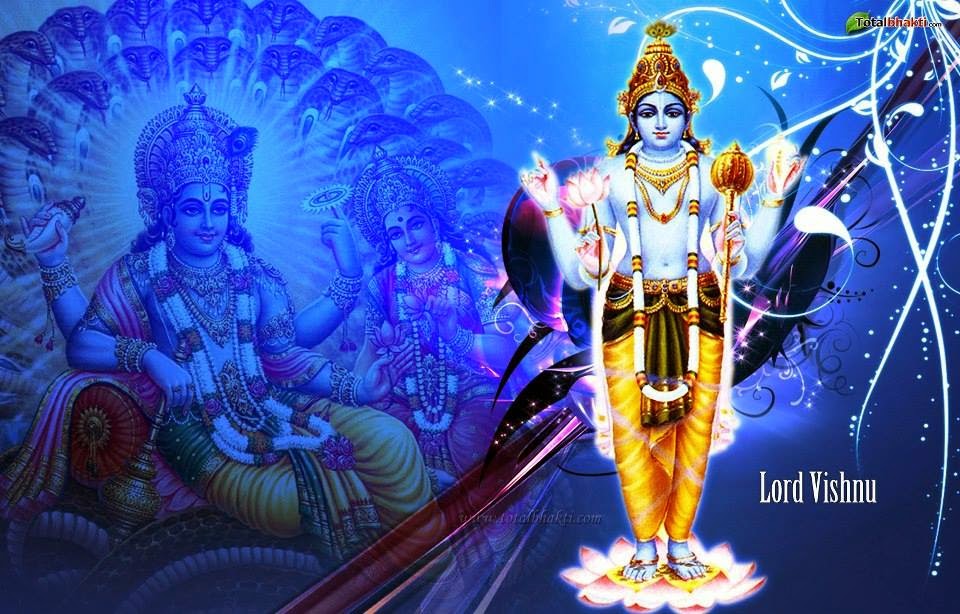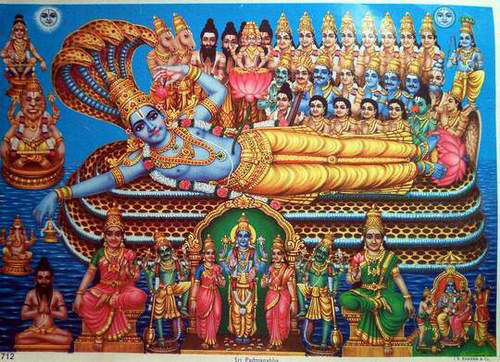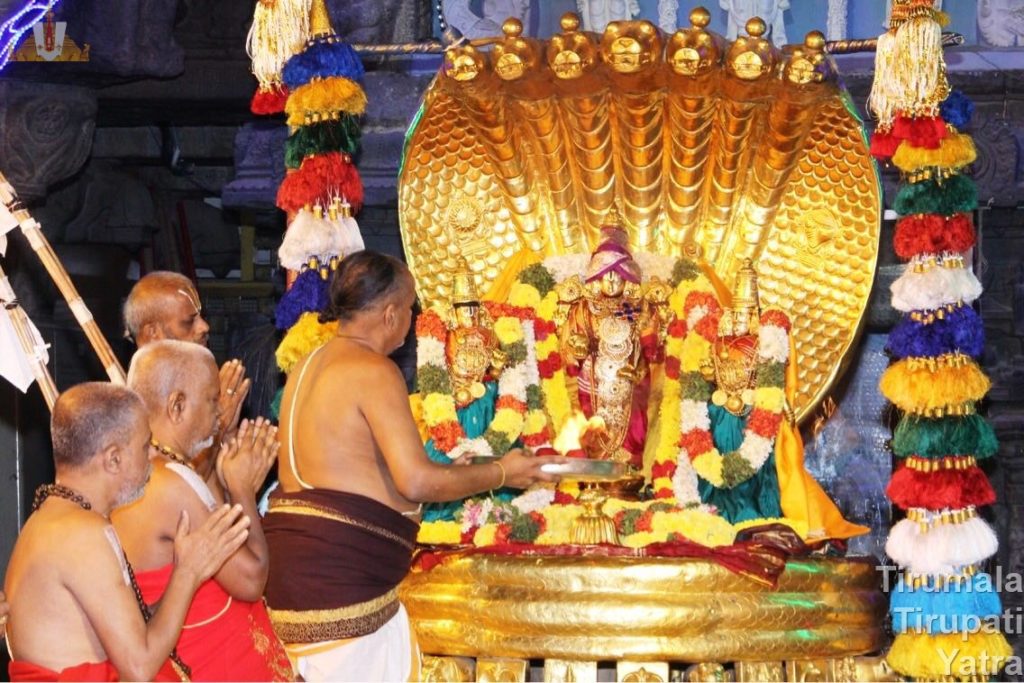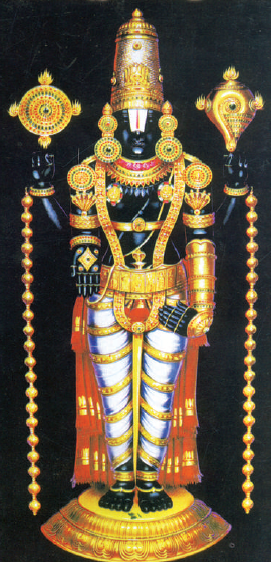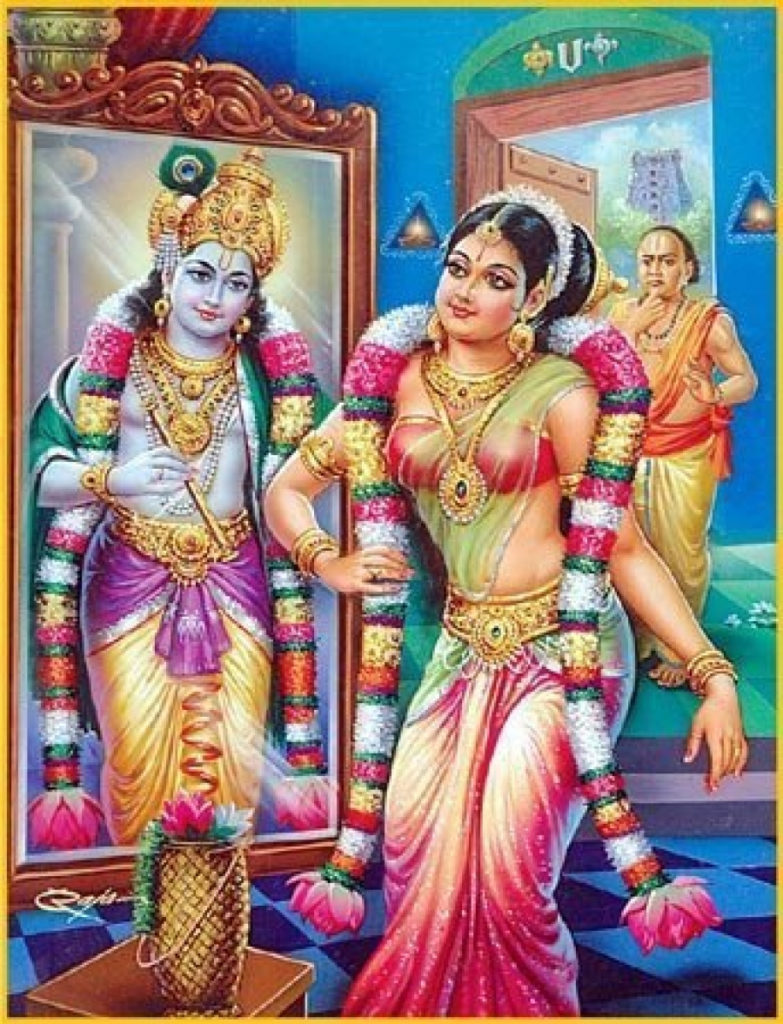Mrigasira or Mrigasirsha or Margazhi or Margasira Ekadasi
Mrigasira or Mrigasirsha or Margazhi (Tamil) is a significant month among all other months. Margasira is also called as Dhanurmasa. The sun transits through the Dhanur Rashi and the period ends with the Makara Sankranti.
Hence it is called as Dhanurmasam / Marghasirsha / Margazhi. It is the most auspicious and the favorite month for Lord Vishnu. Sri Krishna says in Srimad Bhagavadgita: “ Maasaanaam Margasirshah (10.35) i.e, I am Margashirsha month among the different months of the year.
- The period when the sun starts moving northward from the Tropic of Capricorn to the Tropic of Cancer is called Uttarayana.
- The opposite period when the sun moves southward is called Dakshinayana.
According to the Hindu Traditional Shastras, one human year represents one day for the celestials. Uttarayana is their daytime and Dakshinayana is the night.
And Dhanur / Margazhi Masa being the dawn of the day (Brahma Muhurtha) for the Gods, singing and chanting the glory of God is considered most auspicious and said to soon bestow the desires of the humans. Thus year of twelve months is the single Nychthemeron of the devatas.
The month ‘Margazhi’ has a unique and auspicious place, especially for the worship of Lord Vishnu. This month is considered the month of Bhakti and Saranagati.
Fasting
It is said in Padmapurana that, in the three worlds, there is no fasting which is even comparable to the Ekadasi fast. Anyone who fasts on Ekadasi day, with full devotion will be blessed by the Supreme Lord. The Padma Purana also speaks in detail about the Vratha undertaken on the Ekadasi day of each of the 12 months in the Hindu calendar.
On this Mrigasirsha Ekadasi day, one has to spend time in the thoughts of Lord Vishnu and recite stotras like Sri Vishnu Sahasra Nama etc.
Dhanurmasa
Dhanurmasa is also called as Chaapamaasa, Kodanda maasa and shoonya maasa. This full month is reserved for deva puja only. We have to restrict other functions and celebrations in this month. This is because the Sun sets in Dhanurashi and it is not good to celebrate any personal events like marriages etc. That is why we must not perform any such functions in this month as this month is dedicated to Gods only and for it is a blank month, it is termed as “Shoonya maasa”.
Katyayini Vratha, Dhanurmasa Vratas are observed by ladies during Dhanurmasa. It is believed that by observing the Dhanurmasa Vrata Goda Devi was blessed with Lord Vishnu as her husband. Hence it is believed that a lady who observes Dhanurmasa Vrata would be blessed. Srimadbhagavatham says that the Gopikas offered cooked rice with Moong dal during their Katyayani vrata.
Tiruppavai
During Dhanurmasa, tributes are paid to Bhudevi (Andal) through the recitation of Tiruppavai; a composition in Tamil. Sri Andal spent her youth pursuing her goal of realizing oneness with Sri MahaVishnu. She successfully achieved her union with Sri Maha Vishnu through Bhakti or devotion.
Tiruppavai is a poem of 30 verses composed by Sri Andal. Unlike the other days when Lord Vishnu starts his day with Suprabhatam, this month he opens his eyes listening to the Tiruppavai pasurams in Tirumala. Tiruppavai means Sri Vratam – Auspicious Ritual – A giver of all prosperity. This is performed in the month of Dhanurmasa.
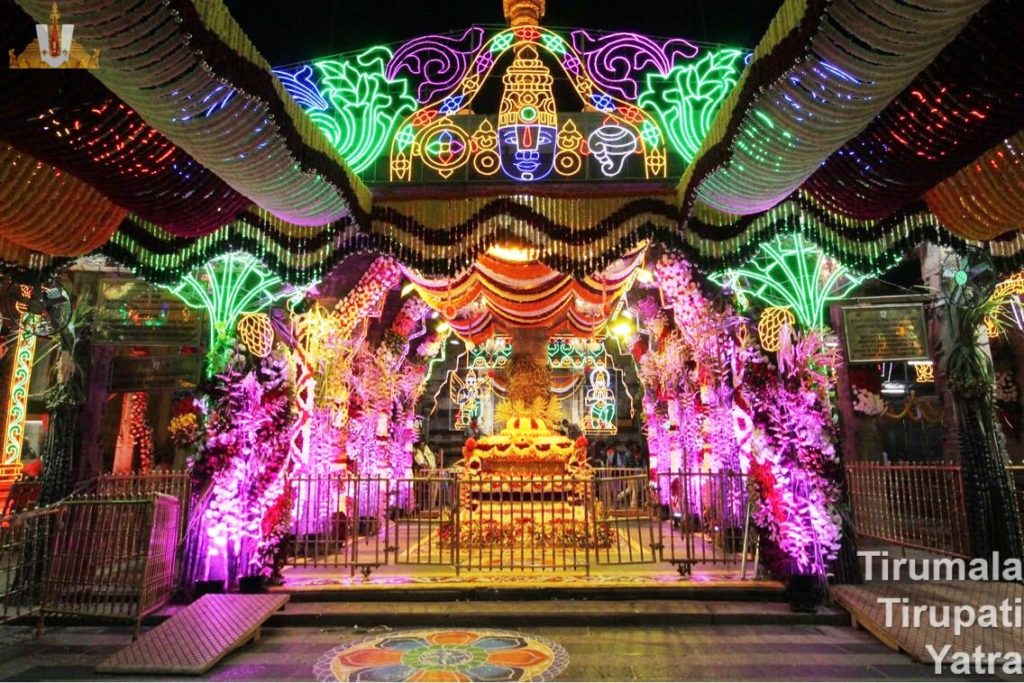
Vaikuntha Ekadasi
According to the Hindu calendar, it is the month of Margashirsha which falls between mid-December and mid-January. Ekadasi that falls on Margashira shukla paksha is called ‘Vaikuntha Ekadasi’. It is believed that fasting on this day bestows our liberation from the cycle of birth and death. Hence one becomes a liberated soul. As per Hindu scriptures, diverting actions of the ten senses and mind from worldly objects towards Mahavishnu is the true sense of observing Ekadasi.
Ekadasi signifies control over one’s senses (ten) & mind (one). One must not let vicious, unwanted thoughts of lust; anger, avarice, etc. enter the mind.
Vaikuntha is the spiritual abode of Lord Vishnu, where he resides with Mahalakshmi, His divine consort. The Vaikuntha Dwara (the gate to Vaikuntha) a special entrance on the northern side of the temple, is opened once in a year on this particular day. It is believed that anyone fasting on this day enters the temple through Vaikuntha Dwara and will attain Moksha/liberation.
On this day, Lord Vishnu opened the gate of Vaikuntham (God’s Abode) for demons despite they were against Him. The demons then asked Lord Vishnu for a boon that whoever hears His story, and sees Lord Vishnu entering through the north door, will reach Vaikuntham too. Fasting on this holy day is considered to help one to be blessed with purity of mind, freedom, and peace. It keeps the negative vibes and thoughts at bay.
Vaikunta Ekadasi is the day when Vishnu took the form of his female energy called ‘Ekadasi’ to slay the demon Muran who ruled Chandravati during Kritayuga and tortured the Devatas. Lord Vishnu fought with demon and wanted to take a rest in a cave. The demon, upon entering the cave, planned to kill the sleeping Vishnu, but as he came closer, a young girl armed with many powerful weapons emerged from Vishnu and killed the demon.
When Lord Vishnu woke up; he was immensely pleased with the girl who destroyed the demon. He named the beautiful girl ‘Ekadasi’.
The Bhagavad Gita conversation between Krishna and Arjuna started on this day. So Gita Jayanti is celebrated on this day. Gita Jayanti is the day when Lord Krishna instructed Arjuna about the essence of spiritual knowledge. The most widely known literature of the world, Srimadbhagavadgita which means the song of the universe was also told to Arjuna on this day.
Sri Dattatreya Jayanti
Sri Dattatreya Jayanti is celebrated on the full moon day of this month. On this day, Lord Dattatreya regarded as an incarnation of the Trinity — Lord Brahma, Vishnu, and Maheshwara was born to sage Atri and Anusuya: hence was named Atreya. Dattatreya Jayanti falls every year on the Purnima of the Margashirsha month.
The kick-start of music season also falls in the early Margashira itself. It is also the season of music and art. Classical music and bhajans are more prevalent during this period in temples and sabhas. The entire month is a feast for our ears.
